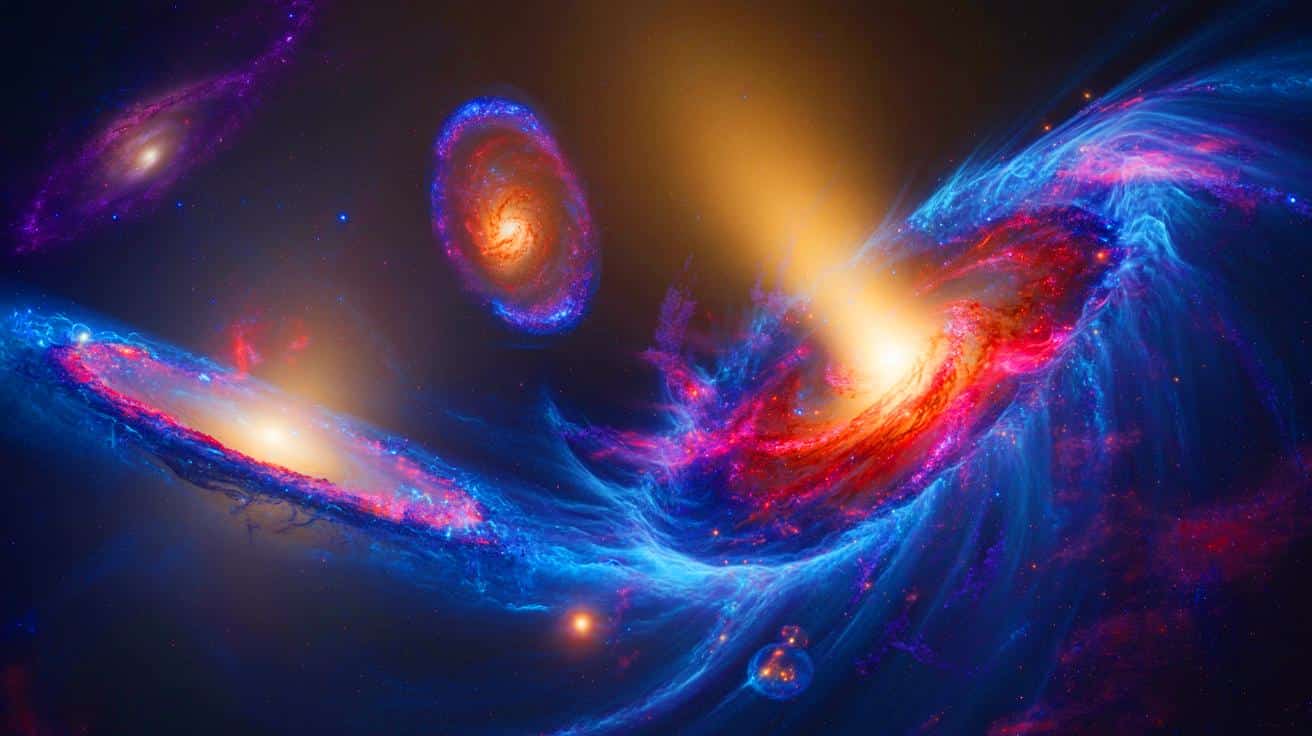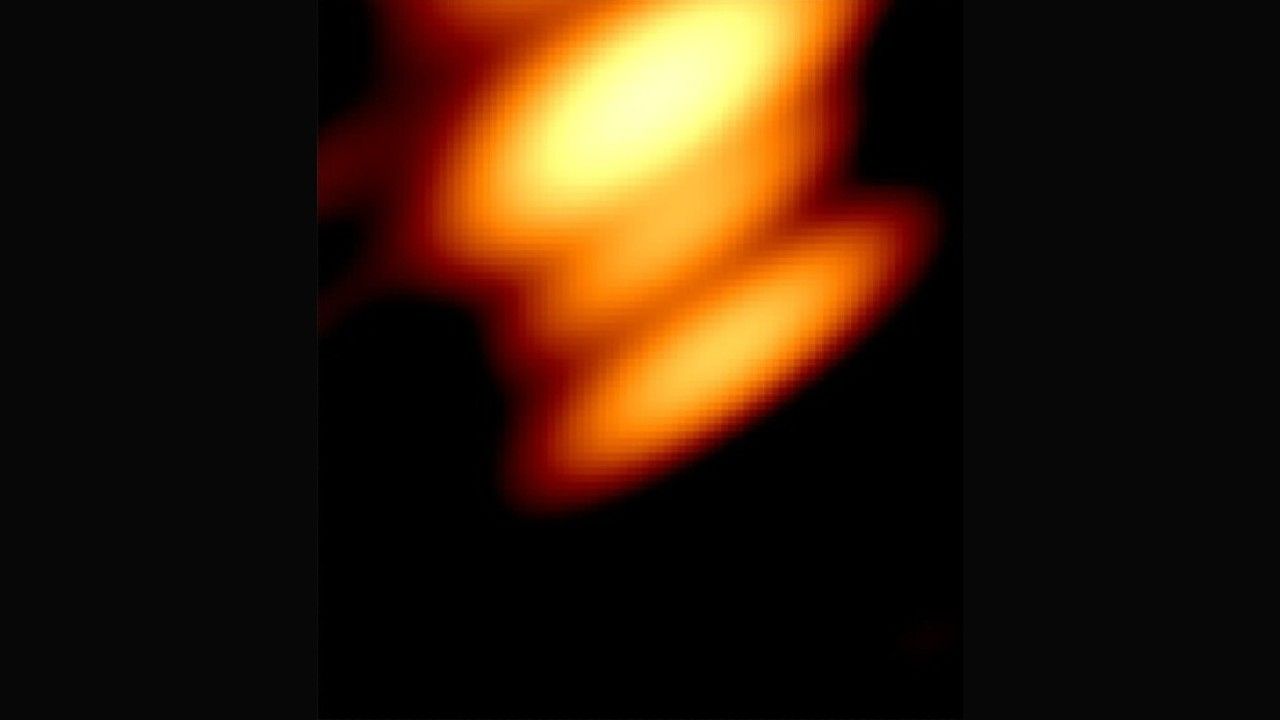Unbelievable Discovery: First Image of Two Orbiting Black Holes Captured!

Imagine gazing into the cosmos and seeing not one, but two massive black holes engaged in a cosmic dance! Astronomers have just made an astonishing breakthrough, capturing the first-ever image of two supermassive black holes orbiting each other. This revelation comes just six years after we laid our eyes on the first image of a single black hole, marking a pivotal moment in our understanding of the universe.
Located in the heart of the quasar OJ 287, a dazzling celestial object situated around 3.5 billion light-years from Earth, this discovery confirms a long-held theory of scientists who suspected the existence of pairs of supermassive black holes. Quasars, a blend of the words “quasi-stellar objects,” are incredibly luminous centers of galaxies, fueled by black holes devouring the surrounding gas and dust.
OJ 287 is particularly fascinating; its brightness fluctuates dramatically every 12 years, hinting at the presence of two colossal black holes circling each other like partners in a cosmic do-si-do. This new observation, made with one of the sharpest radio imaging systems on the planet, provides compelling evidence that both black holes are sending out powerful jets of energy.
Mauri Valtonen from the University of Turku in Finland, who played a key role in this groundbreaking research, shared that the stunning image was captured using a network of radio telescopes, including the RadioAstron satellite. “In recent years, we have only been able to use Earth-based telescopes, where the image resolution is not as good,” he explained, emphasizing the groundbreaking nature of their findings.
Black holes, once deemed mere theoretical constructs, are now being documented and studied in greater detail than ever before. Just 50 years ago, many astronomers were skeptical about their existence. Today, with the help of advanced radio telescopes, we can actually photograph these enigmatic giants. The first image of a black hole was taken in 2019, located in the galaxy Messier 87, and since then, science has been on an incredible journey of discovery.
This new image of OJ 287 represents the culmination of extensive research led by Valtonen, published in The Astrophysical Journal. The system consists of a gigantic black hole approximately 18 billion times the mass of our sun and a smaller companion weighing in at about 150 million solar masses. As they orbit, the smaller black hole periodically disturbs the larger one's disk of gas and dust, creating bursts of light that are as predictable as clockwork.
The first signs of something unusual in OJ 287 were noted back in the late 1800s, long before black holes were even a concept. In the 1980s, astronomer Aimo Sillanpää pointed out the repeating light patterns and proposed the idea of two black holes, which has since been confirmed through ongoing research.
To capture this groundbreaking image, scientists utilized a combination of Earth-bound radio dishes and the Russian RadioAstron satellite, which orbited about 120,000 miles from Earth—roughly halfway to the moon. This remarkable combination achieved unprecedented resolution, allowing researchers to observe details previously hidden from our view.
The methodology used in this observation differs from the techniques employed by the Event Horizon Telescope, a virtual telescope that synthesizes radio dishes across the globe. This new approach enabled researchers to achieve a higher-resolution image, albeit with some drawbacks, such as the inability to clearly see a black hole's edge.
Valtonen remarked, “For the first time, we managed to get an image of two black holes circling each other.” He added that while the black holes themselves remain invisible, their presence is indicated by the jets of particles and the glowing gas surrounding them. What’s more, the team observed a twisting jet from the smaller black hole, which appears to whip back and forth as it orbits its larger counterpart. This fascinating dynamic may provide further insights into their behavior in future studies.

























